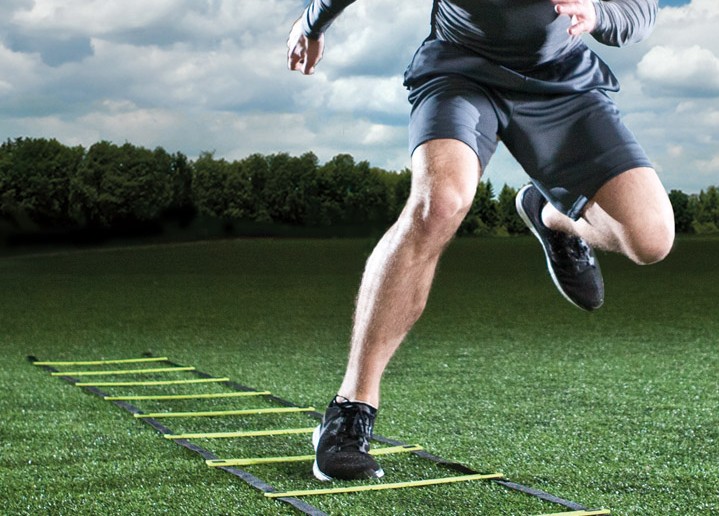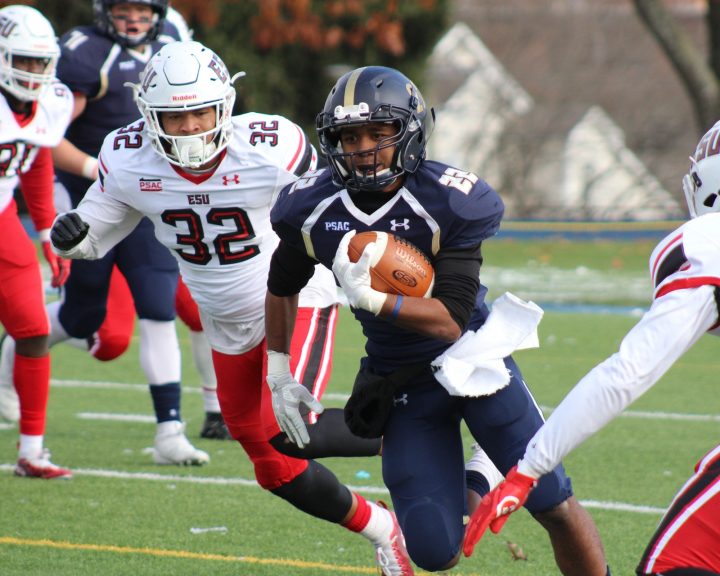In an earlier post (http://www.yourhpservices.com/blog/2015/06/horizontal-tra…-and-sprinting/), I discussed an article that examined the relationship between horizontal jumping ability and sprinting. In another article, Agar-Newman and Klimstra had a study published in the Journal of Strength and Conditioning Research examining the relationship between horizontal jumping tasks and sprinting ability. What is different about this study is that the authors are trying to determine which measure of horizontal jumping ability is the most predictive in terms of sprinting ability.
The authors studied 114 elite female rugby athletes. The athletes were tested on their 40 meter spring, standing long jump, and standing triple jump. The 40 meter sprint was divided into two measures, 0-10 meter split (called initial sprint speed) and their 30-40 meter split (called maximum sprint speed). The authors looked for a relationship between the jumps and the sprint measures.
Results:
- There was a pretty large difference between the top 50% of the athletes in terms of sprinting and the bottom 50% of the athletes. The top 50% were lighter, jumped 14-16% further, and ran 4-8% faster.
- There were correlations of between .51 and .75 between the jumps and sprinting performance. For all groups and all measures of speed, the standing triple jump had stronger correlations. The correlations were strongest when looking at all 114 athletes and when looking just at the slower athletes. The correlations were weakest with the fastest athletes.
This is an interesting study. First, it uses an athletic population. A lot of studies examining this sort of thing fail to do that. Second, it reinforces the importance of horizontal measures of force application and sprint performance. Sprinting is about moving in a horizontal direction. The fact that performance on a horizontal jumping test would be related to sprinting performance makes sense. The stronger relationship of the standing triple jump to sprinting performance also makes sense when you consider that sprinting involves one leg on the ground at a time – a lot like the standing triple jump.
Now, another interesting point is the weak relationship between the faster athletes and these tests. It suggests (and the authors mention this) that higher level athletes may not have the same relationship between jumping and sprinting speed. With them, the factors influencing speed might be more complicated and more specific.
When reading this study, one has to keep in mind that this is a pretty homogeneous group of subjects. They are female rugby players between the ages of 14 and 30. It’s possible that their sport participation and training experience influences their performance on these tasks and their relationships – another type of athlete might not have the same relationships as they do.
Agar-Newman, D.J. and Klimstra, M.D. (2015). Efficacy of horizontal jumping tasks as a method for talent identification of female rugby players. Journal of Strength and Conditioning Research, 29(3), 737-743.


